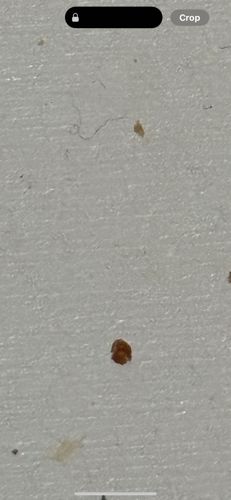Bed Bug
Scientific Name: Cimex lectularius
Order & Family: Order Hemiptera, Family Cimicidae
Size: Adult bed bugs are typically 4-5 mm (0.16-0.20 inches) long, about the size of an apple seed. Nymphs are smaller and translucent.

Natural Habitat
Bed bugs are typically found in areas where humans rest or sleep, such as bedrooms (mattresses, box springs, bed frames, headboards, nightstands), upholstered furniture, and cracks in walls. They are common in homes, apartments, hotels, dormitories, and other shared living spaces.
Diet & Feeding
Bed bugs are obligate hematophagous insects, meaning their sole diet is blood. They feed on the blood of humans and other warm-blooded animals.
Behavior Patterns
Bed bugs are primarily nocturnal, feeding on sleeping hosts. They are highly adept at hiding in cracks and crevices in mattresses, bed frames, furniture, and walls during the day. They are resilient and can survive for several months without a blood meal. Females lay 1-5 eggs per day, which hatch in about 1-2 weeks. Nymphs mature in about 5 weeks, going through 5 instars, each requiring a blood meal.
Risks & Benefits
Potential risks include itchy red welts from bites, which can lead to secondary skin infections from scratching. They are not known to transmit diseases to humans. The primary risk is the significant psychological distress, discomfort, and economic burden associated with infestations and eradication efforts. There are no known direct benefits to humans or the ecosystem.
Identified on: 8/29/2025